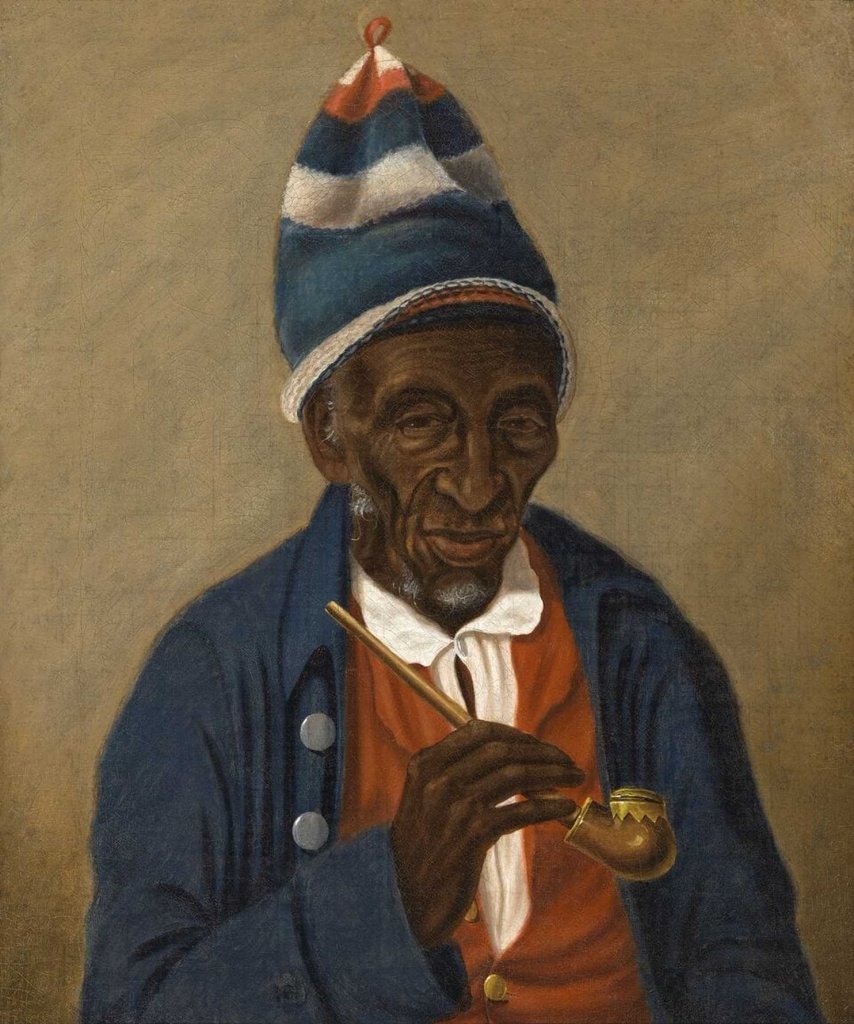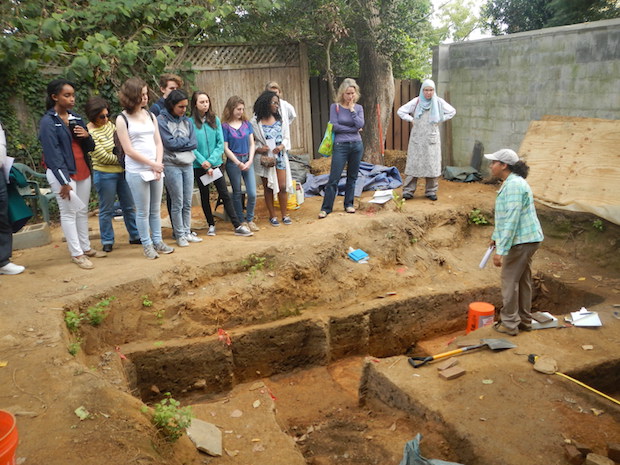One of the most famous slaves in American history turned financier could be among four of the human skeletons discovered by workers in a basement in Washington DC.
According to a Washington historian, one of the remains might belong to Yarrow Mamout, the African slave who bought his freedom in an elitist Georgetown and became an established financier.
At 16, he was literate in Arabic, his native language and a little English. In a literal sense, Mamout, who was a Muslim was smart and his Qur’anic education was all the foundation he needed to change his life and help him transition from being a slave to a money-lending Georgetown financier in the 19th century.
In 1752, Elijah, a Maryland slave ship, brought young Mamout and other slaves to Maryland. For 44 years, he was a slave to Samuel Beall, a wealthy tobacco farmer in Takoma Park, Maryland.
After some time, he became a slave to Beall’s son as well but in Georgetown. With his little education, it is assumed that he was given on loan to other slave masters.
His works on the ocean-going sailing ship, Maryland, that was docked on the Potomac, earned him wages which were given to his master.
“He was purported to be the strongest swimmer in the Potomac River,” Jerry McCoy, a special collections librarian at the DC Public Library said. “He was a local legend.”
A smart Mamout made some savings out of the wages as well. He was the best swimmer at the time and knew his way about a ship, the Maryland ship owner once said. Mamout was very close to his master, Samuel. He even earned the title of a “body servant.”
This exposed him to dealings with the elites at the time, including merchants, planters, lawyers and probably politicians. It is assumed that he picked a lot from these people, writes Johnston.
At age 60, and after decades of saving his wages, Mamout, bought his freedom. He did not recoil into a reclusive life. He went on to do many menial jobs while amassing more wealth.

He lost his savings on a few occasions, falling prey to fraudsters but that did not pin him down. It is in the 1800s that he acquired his first property on Dent Place and his financier business was also established. His level of success at that time was no mean feat and unattainable for even working-class white Americans, AramcoWorld reports.
He also invested in stocks at the Columbia Bank of Georgetown. His lending business was beneficial to both the white and black merchants at the time.
This earned him prominence in his neighbourhood. When he settled in Dent Place, he only had one other neighbour.
Currently, there is an ongoing forensic investigation to ascertain if the remains belong to Mamout. The home on 3317 Q Street where the remains were found is a direct link to the 3324 Dent Place property Mamout owned before he died.
Mamout died in 1823 when he was around the age of 88 and the old log cabin home structure has long been demolished.
James H. Johnson, Mamout’s biographer speculated in 2015 at a Georgetown Board meeting that “Mamout’s remains were probably buried somewhere undisturbed on his former property,” The Washington Post reported then.
McCoy said “the block on Q Street was a Presbyterian cemetery in the 1800s. The white cemetery was where Volta Park is now, while the black cemetery was across the street.
“Most of the remains were exhumed and moved, but homes were built on top of the black cemetery.”
“It just serves as a reminder that there’s history literally buried under people’s feet,” he added.

Mamout’s burial site is still a mystery.
“[It] would be an incredible discovery if that was able to be determined through DNA,” McCoy said.
Ongoing works by Prinar Development LLC and Christian Zapatka Architect, PLLC at the site have been halted so historians can preserve the findings. All the bones discovered at the old cemetery have also been donated to the Historic Preservation Office, according to reports.










